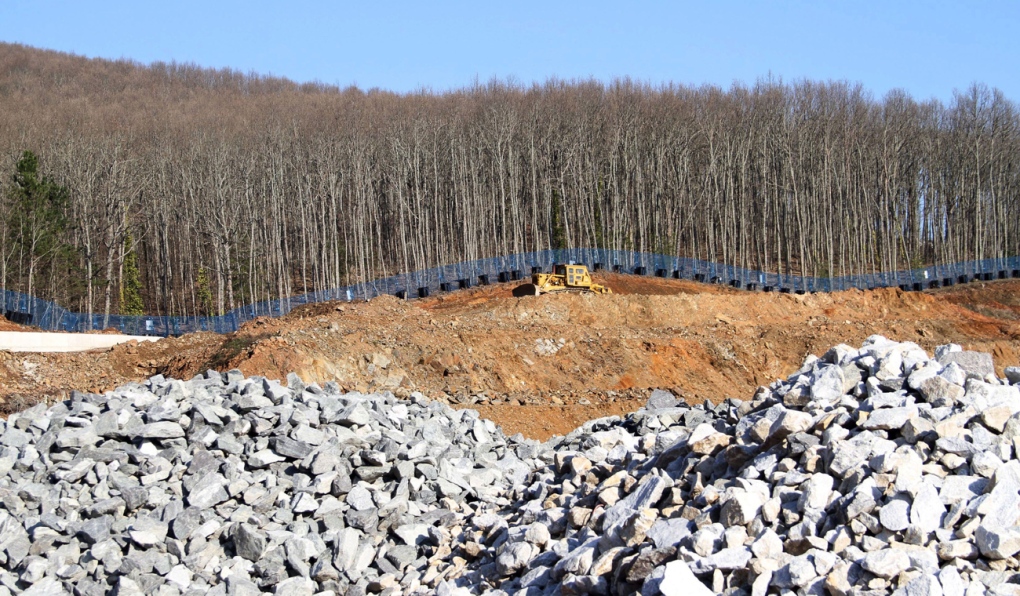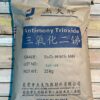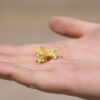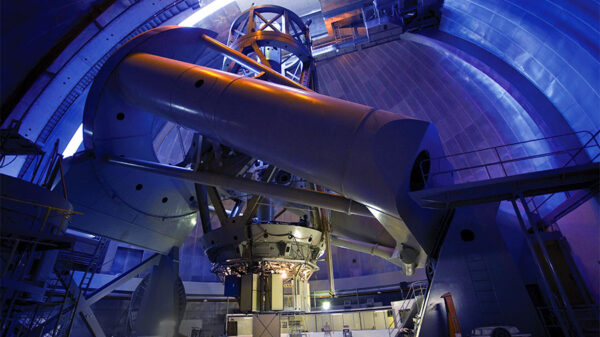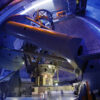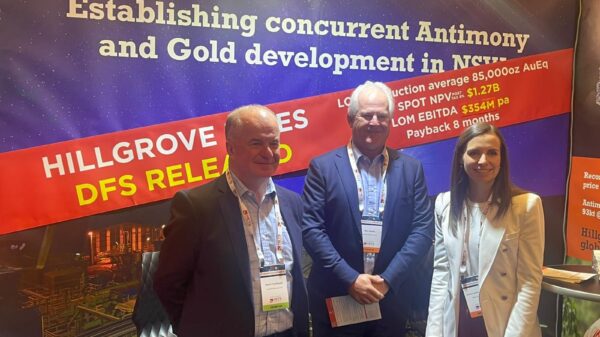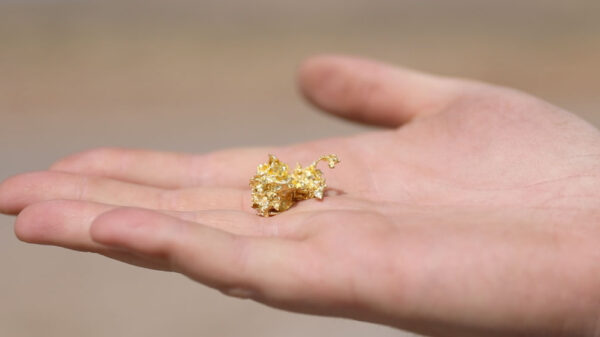A team of researchers from the Jackson School of Geosciences at the University of Texas have been developing a new technology that could potentially reduce carbon dioxide (CO2) emissions and the amount of energy required for mining critical minerals.
The American institution announced its new research project on Friday which is intended to help prospectors use the CO2 produced as a byproduct during mining operations to weaken rocks containing critical minerals, thereby resulting in easier extraction and low-emission operations that require less energy.
The project will be funded by a US$5 million grant from the United States Department of Energy and the university says the ultimate goal of the studies will be to substantially reduce the emissions generated during mining operations by storing carbon dioxide inside rocks and therefore eliminating more carbon than is being produced.
“Mining processes create a lot of CO2 as a byproduct,” said Estibalitz Ukar, the project’s lead research scientist at the UT Jackson School of Geosciences’ Bureau of Economic Geology.
“If you can capture what is produced at the mine, then you can come up with a low-emission operation, which is good, but we want to use the CO2-reducing properties of ultramafic rocks to help eliminate even more CO2,” she added.
A new technology developed by @Bureau3E scientists could make mining critical minerals carbon neutral — or even carbon negative— by storing CO2 emissions as part of the mining process. https://t.co/s3ttO7x28t pic.twitter.com/EV8Mp5l379
— UT Jackson School of Geosciences (@txgeosciences) March 24, 2023
Read more: Calibre Mining’s execution has been very strong in Nicaragua: VIII Eight Capital
The study is part of the U.S. Department of Energy’s Advanced Research Projects Agency-Energy’s (ARPA-E) Mining Innovations for Negative Emissions Resource Recovery (MINER) program. The program aims to develop new technologies that will help increase domestic supplies of critical minerals needed for decarbonization goals.
The project will last for three years with the first two being dedicated to lab studies followed by a full-scale field test conducted in partnership with Canada Nickel Company (TSX-V: CNC) (OTCQX: CNIKF).
The project’s successful development of the technology could make low-grade deposits more economically feasible for miners.
The institution says it is possible to store CO2 in ultramafic rocks because of how they react with carbon. CO2 breaks the rocks structure through a chemical reaction and thus makes the minerals contained in those rocks easier to mine with less required energy and reduced emissions.
Ukar says the CO2 reaction also partially turns the ultramafic rocks into a limestone, thereby incorporating the carbon dioxide into the rocks mineral structure and storing it in there for good.
“The demand is high now, but we will see a huge increase in the next three to five years as we transition into lower-emission technologies, such as electric vehicles. We need to meet the demand by finding creative ways to reduce costs and emissions, find new sources of metals, and make the mines of the future more sustainable. And we need to do it fast,” said Ukar.
Read more: Calibre Mining expands high-grade gold discoveries at Panteon North
Read more: Calibre Mining builds strong foundation for continued success in Nicaragua: Canaccord Genuity
Ultramafic rocks are a sub-category of igneous rocks which are classified as either felsic, intermediate, mafic or ultramafic depending on their chemical composition and the minerals they contain. Ultramafic rocks contain more dark minerals than the other sub-categories, which are higher in magnesium and iron.

Igneous rock classifications based on the proportion of light and dark minerals. Photo via the University of Saskatchewan
The research is being undertaken by scientists from the University of Texas in partnership with Columbia University in New York, the University of Bern in Switzerland and researchers from Iceland’s Carbfix program who are engaged in similar studies.
rowan@mugglehead.com

